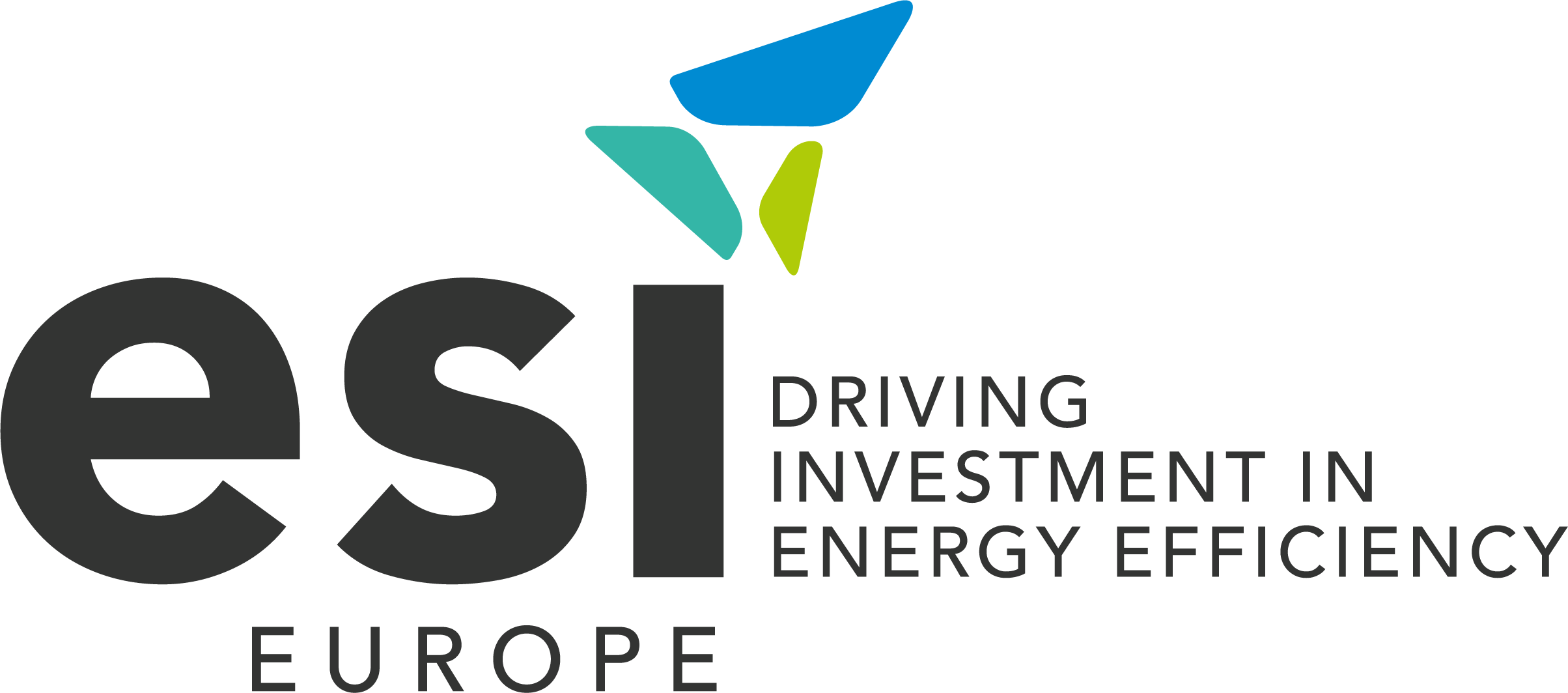Small and medium-sized enterprises (SMEs) make up over 99 per cent of all enterprises in many European countries and represent a substantial market opportunity for energy efficiency improvements. However, this opportunity remains largely untapped of its full potential due to several barriers, including a lack of trust between the different actors; energy efficiency not being a high investment priority for enterprises; a lack of stable and accessible financing instruments; and a lack of experience with financing energy efficiency.
SMEs tend to evaluate investment opportunities based on the risk-return profile. Investments with low risk are generally expected to have a small but reliable return. On the other hand, investments with a high risk expected to have a high return. The challenge for energy efficient technologies is that SMEs tend to perceive these investments as relatively high risk. As a result, the level of expected return is not commensurate with the level of perceived risk.
The innovative Energy Savings Insurance (ESI) model aims to scale up investments in energy efficiency by creating trust amongst actors, and facilitating the flow of financing for relevant technology solutions. The ESI model targets SMEs and creates the conditions for them to invest in energy efficient technologies. The ESI model comprises financial and non-financial elements designed to work together to build trust and credibility among key actors and to reduce the risk for SMEs to invest in energy efficiency. The model consists of four main elements: a financing structure, a standardised contract, an energy savings insurance and a validation entity.
The ESI model has been successfully implemented in Colombia and Mexico and is currently being developed or planned in ten other countries in Latin America, and Asia. ESI was recognised by the Global Innovation Lab for Climate Finance as one of the most promising instruments to mobilise private sector investments in energy efficiency and has also been featured in the G20 Energy Efficiency Investment Toolkit.
The Energy Savings Insurance (ESI) Europe project has received funding from the European Union’s Horizon 2020 research and innovation programme. The project involves rolling out the ESI model in Italy, Portugal and Spain, and developing an ESI Europe Toolkit and video to enable the broader uptake of the model in other European countries.
The ESI Europe project allows the reduction of energy consumption while improving performance and increasing the environmental sustainability of operations. By using the elements of the ESI model, the investment in new energy efficient equipment results in savings, which are ensured and insured.
The project has received funding from the European Union’s Horizon 2020 research and innovation programme under grant agreement No 785061. The content within this text reflects only the author’s views, and not the views of the European Commission or the Executive Agency for SME’s. The Commission and Agency is not responsible for any use that may be made of the information it contains.
